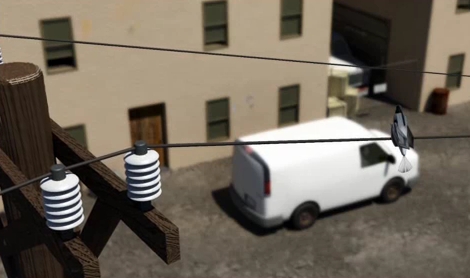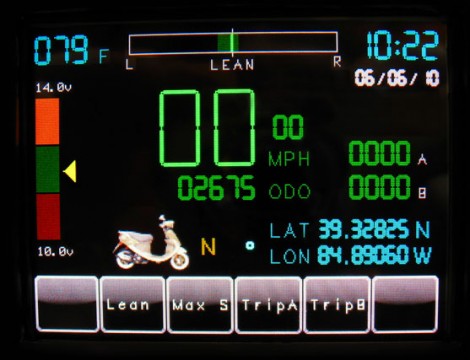
Seeed Studios has a new version of the Arduino that they’re calling the Seeeduino Film. Instead of the traditional fiberglass substrate they’ve used a resin material to produce a Flexible Printed Circuit (FPC). In addition to its flexibility their aim with this prototype was to keep it modular. From what we can see each of the four squares is a different component in the Arduino system. The photo above has the USB interface on the nearest node, then the power regulator, the microprocessor, and finally the remaining peripheral connections. This material can easily be cut with a pair of scissors so the programming section can be removed once the firmware is burned to the chip. It will be interesting to see final pricing and package options. We wouldn’t mind having an FPC ATmega168 breakout board around, but specifially this would fit nicely in a watch band if you were building your own wristwatch.
[Thanks Juan]
















